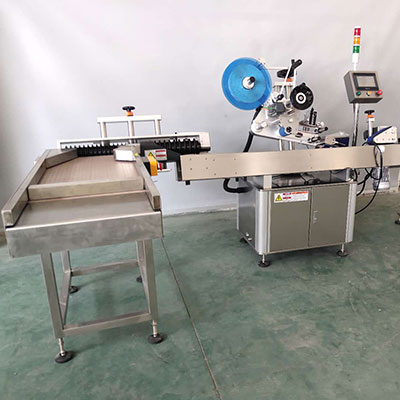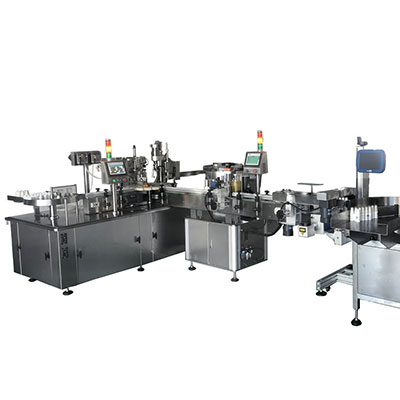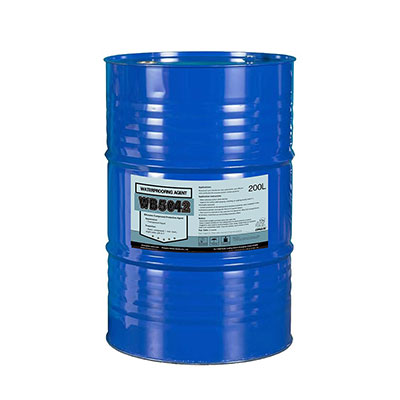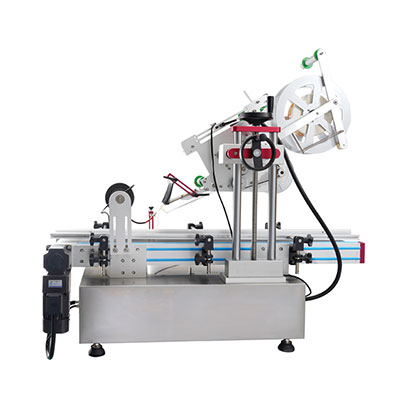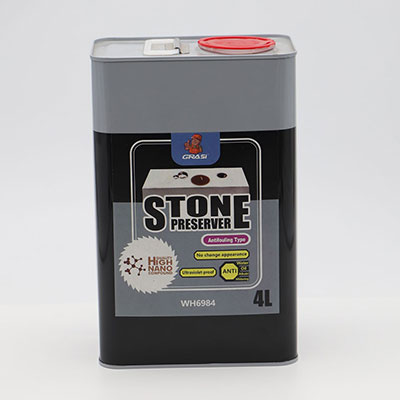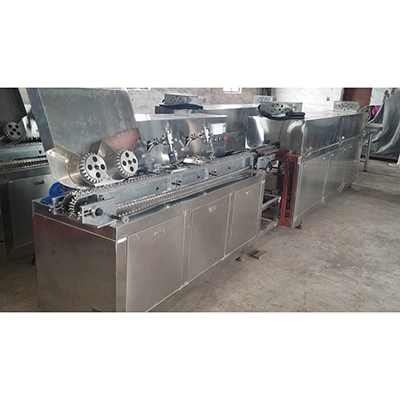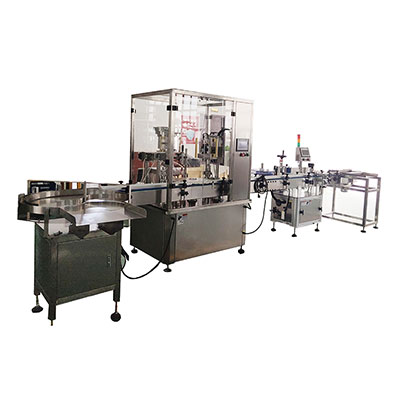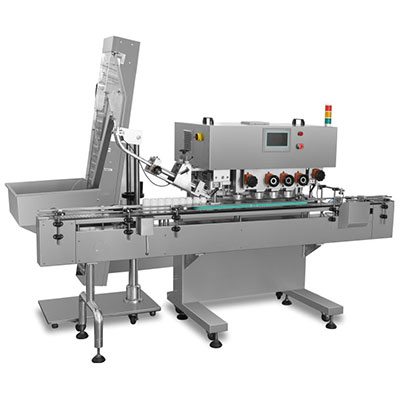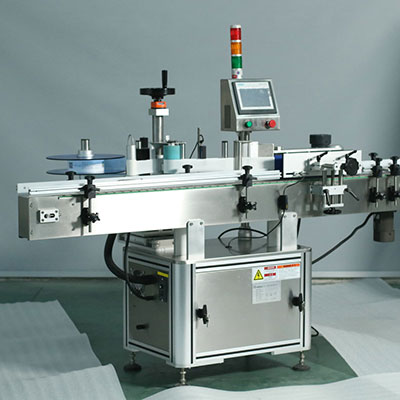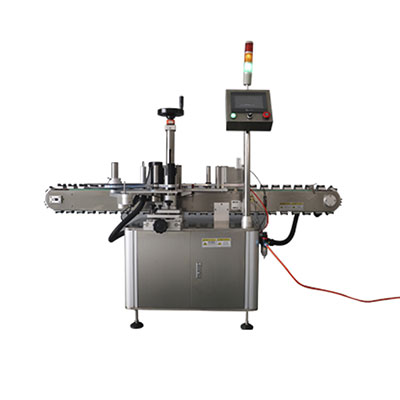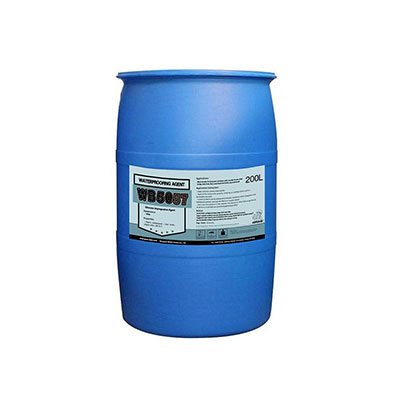Blast Furnace
Blast Furnace
Description
Ironcasting is often processed in blast furnace. The raw material of the furnace includes iron ore, limestone andcoke. The blast furnace constantly blowshot air into the chamber to heat the raw material. As coke is more active than iron, it canremove oxygen from the iron and leave the iron.
Main Composition
1. The blast furnace shell. Most of the modern blast furnace shell is made of welded steelplate. Only a minority of indigenousblast furnaces use brick shell which is reinforced by steel hoop. The function of the furnace shell is to fixthe cooling equipment, ensure the firmness of the blast furnace and seal thefurnace body. Apart from a large loadingforce, the furnace shell needs to bear thermal stress and the internal gaspressure. Sometimes it may be faced withthe impact of charge collapse and the threat of gas explosion, therefore, thefurnace shell must have enough strength. The size of the furnace shell should adapt to the furnace body and thestructure of the cooling equipment.
2. Thefurnace throat. The furnace throatis in the uppermost part of the furnace body. It is of cylinder shape. Thefurnace throat is both the feeding mouth and the gas outlet. It can control and adjust the upperdistribution of furnace charge and gas. The diameter of the furnace throat should be proportional to thediameter of the hearth and furnace bosh. The height of the furnace throat should be proper to ensure the feedingof more than one lot of charge and the control of the distribution of gas andfurnace charge.
3. Thefurnace stack. The furnace stack isthe main area for the indirect reduction of iron ore. The stack is cone shaped. It becomes larger from top to bottom so thefurnace charge will encounter less resistance force in the process of fallingdown. The special design can prevent thefurnace charge from forming a charge arch when the charge is inflated by theheating. The size of the furnace stackangle has significant influence on the falling of furnace charge and thedistribution of gas.
4. Thefurnace bosh. The furnace bosh is the part with the biggestdiameter in the blast furnace. Itenables the reasonable transition from the furnace stack to the bosh. Slag often emerges in the furnace bosh andthe slag may deteriorate the air permeability of the charge. To reduce the resistance force of the gas,the diameter of the furnace bosh should be properly expanded when there is toomuch slag, but the diameter of the bosh should still be proportional to thesize of other parts. The height of thefurnace bosh does not have much influence on the smelting process of the blastfurnace and it can be changed within small scope.
5. Thebosh. The bosh is the main area forthe melting and slag forming. The boshis of reversed cone shape. To adapt to the contraction of the melted furnacecharge, the diameter of the bosh narrows gradually from top to bottom. The bosh helps locate the burning belt in theproper place, which is good for the regular distribution of the airflow. The height of the bosh should changeaccording to the volume of the blast furnace. Generally speaking, the height should range from 3.0m to 3.6m. The bosh angle ranges from 79 degree to 82 degree. If the angle is too big, it will be harmfulfor the distribution of the gas. If theangle is too small, it will affect the smooth falling of the furnace charge.
6. Thehearth. The hearth is the burningzone as well as the storage and discharging zone of the slag. It is of cylinder shape. The iron outlet, the slag mouth and the airvent are all installed in the hearth. The hearth bears the pressure of high temperature gas as well as thephysical and chemical corrosion of the slag. The hearth has significant influence on the primary distribution of thegas, the thermal system and the quality of pig iron.
7. Thefurnace bottom. The furnace bottombears the fine pressure of furnace charge, slag and iron liquid, the pressureof high temperature ranging from 1400℃ to 4600℃, as well as physical andchemical corrosion. To some extent, thecorrosion of the furnace bottom decides the service life of the blastfurnace. Only when the temperature ofthe bottom surface is lower than the solidification temperature of the slag anda slag layer forms on the surface, can further corrosion be prevented. The furnace bottom needs to be cooled bywater or wind. Nowadays most of the largeand medium blast furnace use carbon brick bottom or carbon brick and high aluminabrick compound bottom. In this way, theheat dissipation capability can be improved.
8. Thefurnace base. The function of thefurnace base is to pass its bearing weight to the ground, so the furnace basebecomes larger from the top down. Theoverall weight of the blast furnace and the furnace is often 10 to 18 times thevolume of the furnace. Generallyspeaking, the gradient is no more than 0.1 percent to 0.5 percent. The furnace base should have enough strengthand heat resisting capability to avoid cracks under various kinds of stress. The furnace is often made into round shape orpolygon to reduce the uneven distribution of thermal stress.
9. Thefurnace lining. The function of thefurnace lining is to reduce heat loss of the blast furnace and protect thefurnace and other metal structure from the thermal stress and chemical corrosion. The furnace is made from fire resistingmaterial which can resist high temperature. The lining can be damaged by many factors. As different parts work under differentconditions, their mechanism of being damaged is also different. Manufacturers should choose different kinds offire resisting material according to the condition.
10. Thefender apron of the furnace throat. Thefurnace throat works under the frequent impact of furnace charge and thepressure of high temperature gas. Itsworking condition is extremely rough. Toprotect the shape of the furnace throat is the prerequisite of adjusting theupper part of the blast furnace. It isvery important to put a fender apron on the furnace throat. The fender apron of small blast furnace can bemade into the shape of an opening casket by cast iron, while the fender apronof big blast furnace should be made from cast steel with the thickness of 100mmto 150mm. The form of the fender apronincludes bulk, strip and reducer. Thereducing fender apron can also adjust the distribution of furnace charge andgas.
11. Thedisintegrationof the blastfurnace. In order tocorrectly deal with the complex phenomenon in the blast furnace process, weneed to know the actual condition inside the furnace. While the furnace is stopped or cooled bywater or nitrogen under the original producing state, we can conduct a carefuldisintegration investigation into the inside condition of the furnace, from thefurnace charge in the throat to the iron at the bottom. This kind of investigation is called thedisintegration investigation of the blastfurnace. Althoughwe can not completely learn the dynamic situation of the blast furnace processthrough the investigation, it is very helpful for us to learn and improve theblast furnace process.
12. The coolingequipment of the blast furnace. The inside temperature of the blast furnacelining can reach as high as 1400℃, which can certainly soften and distortaverage fireproofing brick. The coolingequipment is installed to prolong the service life of the bricking. The equipment can start the heat transfer andform a protecting slag layer on the surface of the lining in the lower part of theblast furnace. The cooling equipmentincludes external water cooling, air vent and slag mouth cooling, coolingstave, cooling water tank and air cooling equipment at the furnace bottom.
13. Theblast furnace ash. The blast furnaceash is the furnace charge ash brought out by the gas. The amount of the blast furnace ash is relatedwith the blast furnace processing intensity, the top pressure of the furnace aswell as the nature of the furnace charge. If the furnace charge contains too muchpowder, there will be more ash being brought out. Generally speaking, it will create about 10 to100 kilograms of ash to produce a ton of iron. The blast furnace ash contains many carbons,basic oxide and about forty percent of iron. The main elements of the ash are dustcoke andfine ore. It can save fusing agent andlower the fuel consumption if you put some blast furnace ash into sinteringcharge.
14. Thedirt catcher of the blast furnace. The dirt catcher of the blast furnace is usedto collect the dirt in the gas. The dirtcatcher includes the gravitational dirt catcher, centrifugal dirt catcher,cyclone dust collector, washing tower, venturi tube, gas cleaner, electric dirtcatcher and bag type dust collector. Generallyspeaking, the gravitational dirt catcher, centrifugal dirt catcher and cyclonedust collector are used for large dust, while the gas cleaner and the electricdirt catcher are used for small dust.
15. Theblast furnace blower. The blastfurnace blower is the most important power equipment of the blast furnace. It provides not only the needed oxygen in theblast furnace process, but also the needed gas power to overcome the resistanceforce of the charge. Modern large andmedium blast furnaces use a centrifugal blower or axial blower which is drivenby steam turbine. In recent years, a largecapacity synchro power driven blower is frequently used. Although this kind of blower features highpower consumption, it has the advantages of easy operation, simple maintenanceand less investment. The blast furnaceprocess requires the blower to supply a certain amount of air to ensure theburning of carbon. The needed amount ofair is related not only to the furnace volume, but also to the intensity of theblast furnace. Generally speaking,according to the unit capacity, the air amount is set from 2.1 to 2.5m3/min. However, considering the development of theblast furnace, many manufacturers equip their blower with a larger amount thanthe amount set by the ratio.
The iron liquid let out from the blast furnace can be directly used to producesteel or cast into ingot iron or castings. The slag can be used as the raw material ofcement and slag brick. The mixed gasejected from the furnace top, including carbon monoxide, carbon dioxide andnitrogen, is called blast furnace gas. Theblast furnace gas contains lots of dust and harmful gas. It needs to be purified to avoid environmentpollution.
Yate is a major manufacturer of blast furnace, based in China. We offer many kinds of products, includingblast furnace, ball mill, sintering machine, crushing machine, and thefinishing line equipment. Our productsare high quality and competitively priced. Our full chain of manufacturing mold, hydraulic pressure testing machineand bitumen coating machine can be completed in China , even in one city. Our lower manufacturing cost can save yourpurchasing cost. A more detaileddescription of our product is shown on the page.
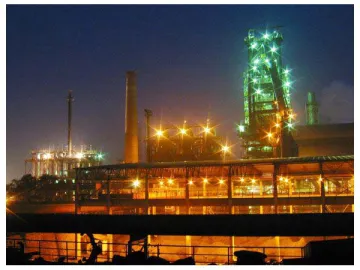
Links:https://globefindpro.com/products/104954.html
-
 The Finishing Line Equipment
The Finishing Line Equipment
-
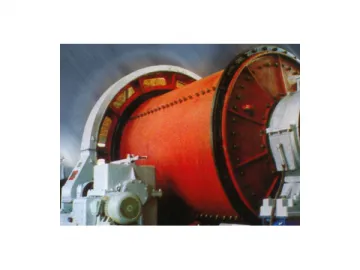 Dry Type Ball Mill
Dry Type Ball Mill
-
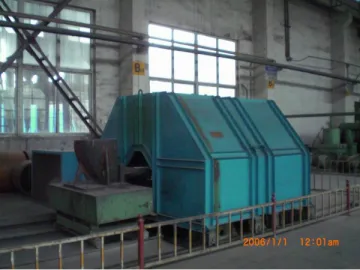 Mold for Copper Sleeve
Mold for Copper Sleeve
-
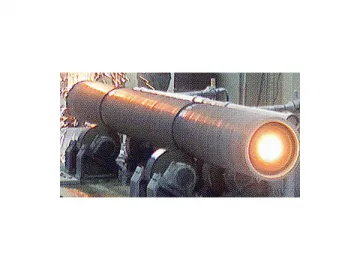 SS, Refractory Steel, Copper Bush Centrifugal Casting
Machine
SS, Refractory Steel, Copper Bush Centrifugal Casting
Machine
-
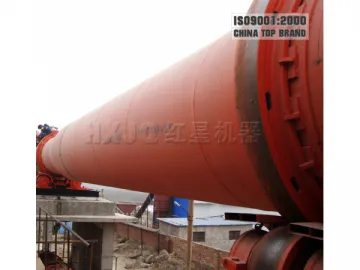 Rotary Kiln
Rotary Kiln
-
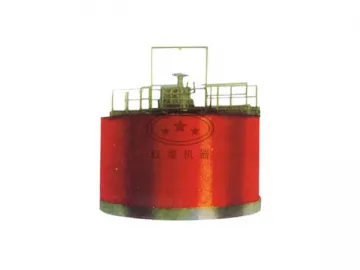 High Efficiency Concentrator
High Efficiency Concentrator
-
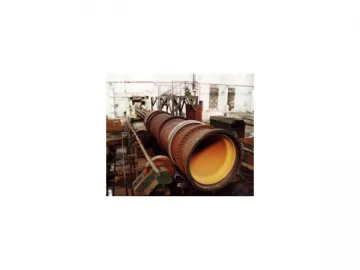 Hot Mold Method Centrifugal Casting Machine / Spinning Machine
Hot Mold Method Centrifugal Casting Machine / Spinning Machine
-
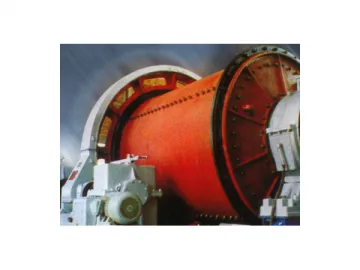 Overflow Ball Mill
Overflow Ball Mill
-
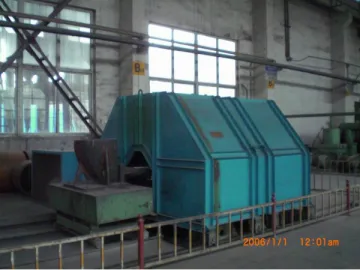 Mold for Rolling Spinning Machine
Mold for Rolling Spinning Machine
-
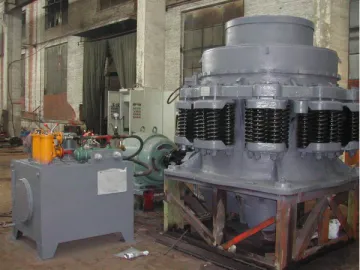 Spring Taper Crusher
Spring Taper Crusher
-
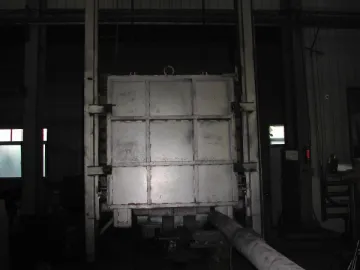 Car Type Annealing Furnace
Car Type Annealing Furnace
-
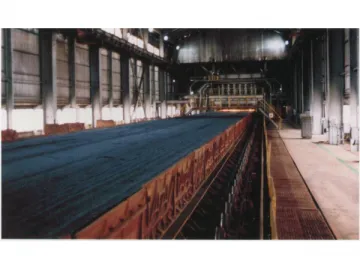 Sintering Machine
Sintering Machine
